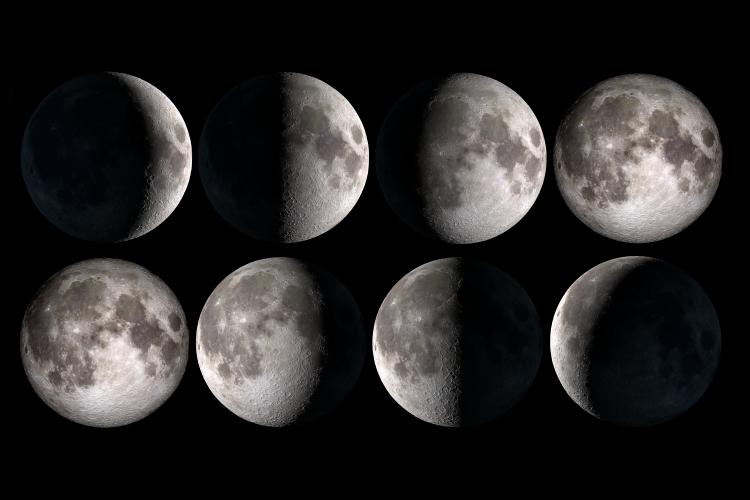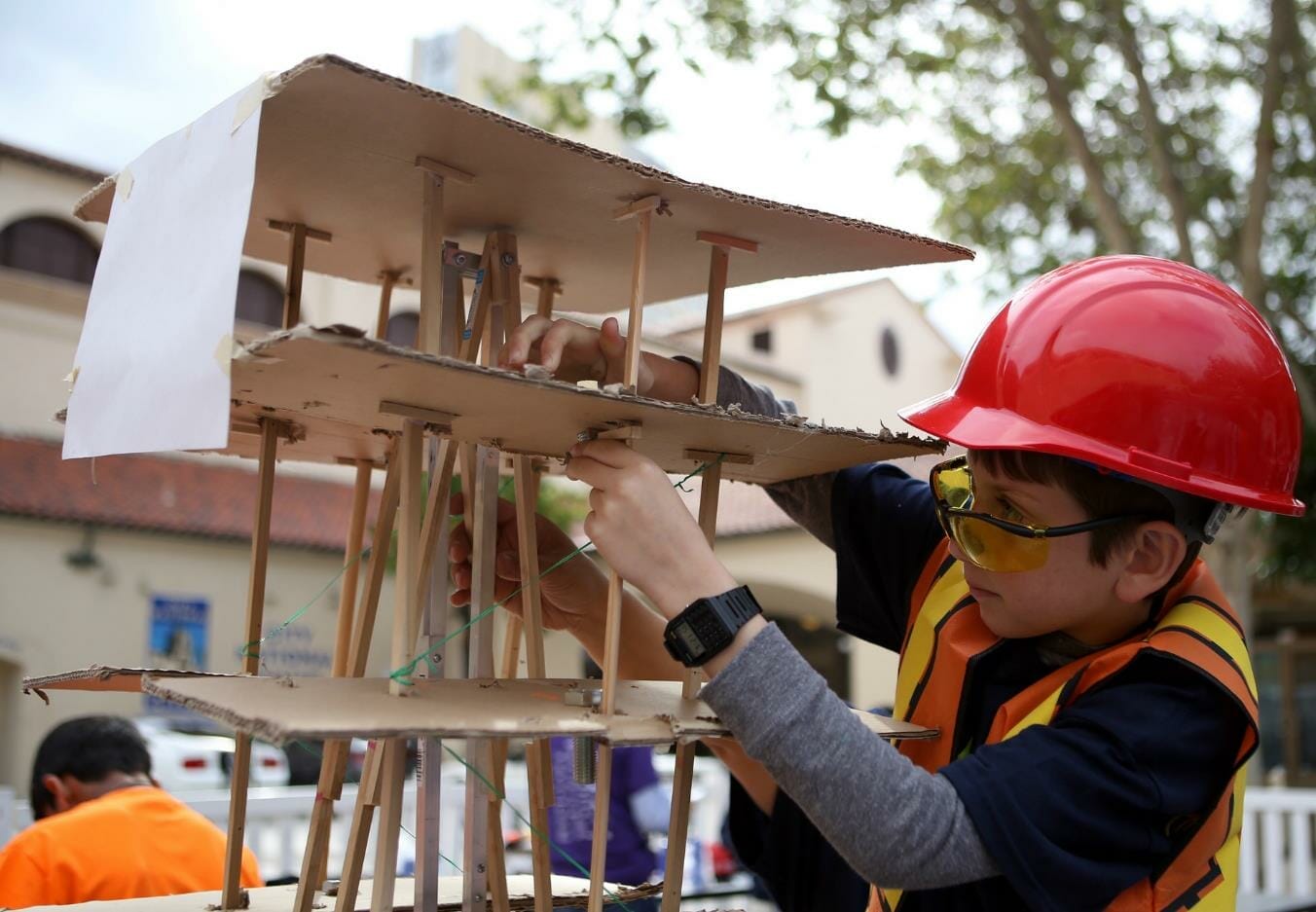Kids STEM – Here Are the Answers to the FAQs of Kids About Science
I was at a family gathering when I came across my niece whom I haven’t seen in a long time. Iya is now 6 years old but she thinks beyond her years. At the event, we happened to have an exchange of pleasantries until we paused for a while. She came back to me asking, “Tito [Uncle], why is the sky blue?”
The question came out of nowhere. At the time I had no idea what to say mostly because I honestly do not know the answer.
My mind was processing a scientific explanation, even one that could be understood by a kid, but I got none. We don’t study the sky in civil engineering.
Like what other uncles would say by default, I answered, “Because God made it that way.” I can sense she was disappointed with my answer.
Not wanting to happen that experience with other kids again, I took to Google and searched for the frequently asked questions of kids about science. This is also to save other engineers whenever there are curious kids asking so many questions that need scientific answers.
The odds are the kids will not fully understand the science behind their great wonders when engineers explain them as is. But we should at least try to enlighten them. More than that, we should have the idea, well, for the sake of knowing.
So why is the sky blue?

In summary, light arrives on Earth from the sun in every colour. When the sunlight hits the Earth’s atmosphere it collides with certain particles that ‘shine’ blue.
The white light we see is actually a mix of different colors, only with a different wavelength. Our eyes see these colors on a particular wavelength of light. Since our atmosphere is around 78% nitrogen, the light collides with it causing the red and green wavelengths of light pass through unobstructed. The blue wavelength is reflected by the nitrogen in the atmosphere which hits our eyes. We can see blue light from everywhere because there is so much nitrogen.
How do planes fly?

Airplanes does not bend drag and gravity. What they do is generate two forces of their own, which are thrust and lift.
The principle is anchored in the Newton’s third law – every action has an equal and opposite reaction. Thrust is the force that propels an airplane forward on the runway. The engine generates forward thrust by emitting fuel backwards.
Another factor that allows airplanes to fly is the shape of their wings. They are made in such a way that the air flowing over them is ultimately deflected downward. They slice the air into two streams, one that flows above it and the other, below. With that, it generates lift, which is the downward motion of the air causing an equal and opposite upward motion of the plane.
Will we discover aliens?

The answer to this is still being discovered, so there is an indefinite answer to this. Extra-terrestrial life is still a myth.
But scientists at the SETI Institute in California are now going at it, trying to find life in space. They hope to detect alien signal within the next 20 years.
This estimate comes from the rapid pace with which astronomers are discovering planets beyond our solar system, including planets that seem suitable for life. Another is that the intelligent life out there might just be looking for us who are also sending detectable signals into space.
Why is the moon sometimes out during the day?

The fact is that moon is not really hidden, just like the stars. They do not move anywhere, but only outshone by the sun and any remaining light scattered by our atmosphere.
Moon being visible during the day happens when the sun, earth, and moon align correctly, reflecting enough light for the moon’s surface to be seen from Earth. Stars are not seen during the day because the light reflected from the moon makes it 100,000 times brighter than the brightest star in the sky , which bright enough to be seen during the day.
How do ships float?

If you’ve taken a course in fluid mechanics, perhaps there’s no need to explain this one. But for those who have skipped that class, here it is.
According to the Archimedes’ Principle of Buoyancy, any body completely or partially submerged in a fluid (gas or liquid) at rest is acted upon by an upward, or buoyant, force the magnitude of which is equal to the weight of the fluid displaced by the body.
Ships float because they displace enough water for the buoyancy force to be greater than the force of gravity acting on the ship. The displaced water attempts to return to its original position, now occupied by the ship, which pushes the ship up. The two forces cancel each other out and the ship floats.
Why don’t birds get electrocuted when they land on electrical wires?

One can only be electrocuted if you are part of a complete circuit. The birds only sit on one wire which does not complete a circuit.
The birds must touch both a positive wire, and a negative or neutral wire. The ground is considered a neutral wire, which could get the bird electrocuted if it touches it while sitting on the wire. If the bird touches the metal of the pylon or another wire, it would complete a circuit and get the bird electrocuted.
What makes a rainbow?

This also has something to do with how sunlight enters into the atmosphere. We see white, but it is actually made up of different colors that we do not see.
If the light beam happens to hit raindrops on the way down to a certain angle, the different colors that make up the beam separate so that we can see them, which we see as the rainbow.
As it enters the drop, the color components of the sunlight are refracted or bent by different amounts depending upon their wavelength. That is how we perceive the different wavelengths as different colors, which are the red, orange, yellow, green, blue, indigo and violet.
Where do babies come from?

Although this was not at all taught in engineering, you know this very well, engineer. Very well.
Source: Live Science | Owlcation

















